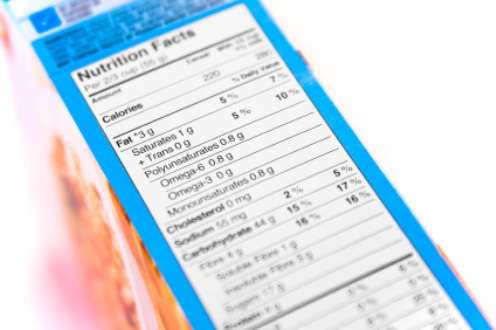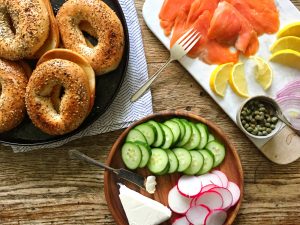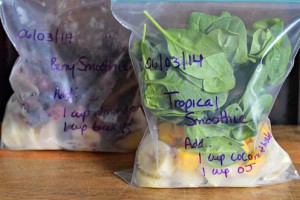How to Choose a Healthy Breakfast Cereal

With more than 50 breakfast cereals on the market, all cleverly packaged to look and seem good for you, you might find it challenging to make healthy choices. In honour of Nutrition Month, skip the claims on the front of the cereal box, which may distract you from getting the full picture of what the cereal has to offer, and hone your label-reading skills with these tips:
1. Narrow your choices to cereals that list ‘whole grain’ or ‘bran’ as the first ingredient.
Why whole grains? They have more nutrients, and research shows they help with weight control and reduce the risks for heart disease, diabetes and certain cancers.
Bran is a not a whole grain choice but it’s super high in fibre and most of us only get half the fibre we need (women 25 g/day, men 38 g/day). Keep a clear jar of bran cereal on your counter in plain view and you’ll be more likely to add it to yogurt, sprinkle it over salads or use it in baking.
Good to Know: Ingredients are listed in order by weight. If a cereal lists whole grain as the second ingredient, it may be in short supply. That’s why even if a cereal says whole grain on the front of the package, you still have to check the ingredient list to make sure it’s the main ingredient. Don’t be duped!
2. Compare the Nutrition Facts Table on various cereals to choose brands higher in fibre and lower in sugar, sodium and fat.
For the healthiest options, each serving should have:
- At least 4 g of fibre
- No more than 8 g of sugar (that’s 2 tsp)
- Less than 10% Daily Value for sodium per serving
- No more than 3 g fat
Good to Know: Keep in mind that fruit and nuts will boost the sugar and fat content in cereal, but they will also add nutrients.
Money Saver: One of the best nutritional buys is plain oatmeal from bulk stores. Try making it with fortified vanilla soy milk and add any combination of fresh or dried fruits, nuts and seeds.














